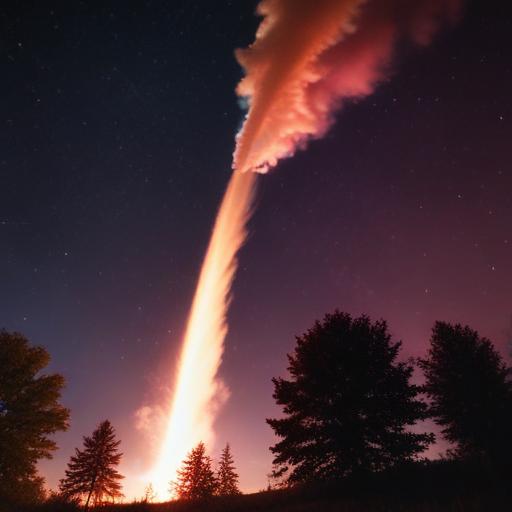NASA plans to launch three TOMEX+ sounding rockets from Wallops Island Flight Facility in Virginia tonight, weather permitting. If conditions cooperate, stargazers in Central Pennsylvania should be able to see the colorful rocket plumes shortly after launch.
The Turbulent Oxygen Mixing Experiment Plus, or TOMEX+, will study the mesopause—the boundary between the upper layers of Earth’s atmosphere about 53 to 65 miles up. The mesopause is one of the coldest regions in the atmosphere, with temperatures dropping to near minus 148 degrees Fahrenheit, and it acts as a mixing ground where signals from the lower atmosphere transfer energy upward, fueling turbulence that can affect satellite drag. The mission uses three rockets that release vibrant clouds similar to fireworks and carry instruments to measure atmospheric density and motion over time.
NASA has been attempting a launch since Aug. 18, but weather and rough seas in the recovery area—partly linked to the path of Hurricane Erin—have scrubbed the previous attempts. The most recent scrub happened early Wednesday morning.
Viewing in Central Pennsylvania, if the launch goes ahead, should be possible across a broad swath of the state. In Lancaster, Lebanon, York, Adams counties and much of Dauphin, Cumberland and Franklin counties, observers could see the rockets for about 10 to 30 seconds. People in northern portions of Dauphin, Cumberland and Franklin counties, as well as Perry, Juniata and Mifflin counties, might catch glimpses lasting 30 to 40 seconds.
What to expect and how to watch:
– The launch window runs from 10:30 p.m. to 3:30 a.m. tonight into Thursday.
– Viewers in Central PA should look toward the southeast portion of the sky roughly 30 seconds after liftoff.
– The launch will be streamed live on Wallops Flight Facility’s YouTube channel, and updates will be posted on its Facebook page.
Summary: If the weather cooperates, three TOMEX+ rockets from Wallops Island aim to illuminate the night sky over Central Pennsylvania with brief, colorful plumes while scientists gather data on atmospheric density and motion in the mesopause. The window runs from 10:30 p.m. to 3:30 a.m., offering a rare near-space viewing opportunity for stargazers across the region.
Positive note: This mission continues NASA’s efforts to better understand high-altitude atmospheric dynamics that influence satellite operations and space weather, contributing to safer, more reliable space exploration and technology on Earth.
